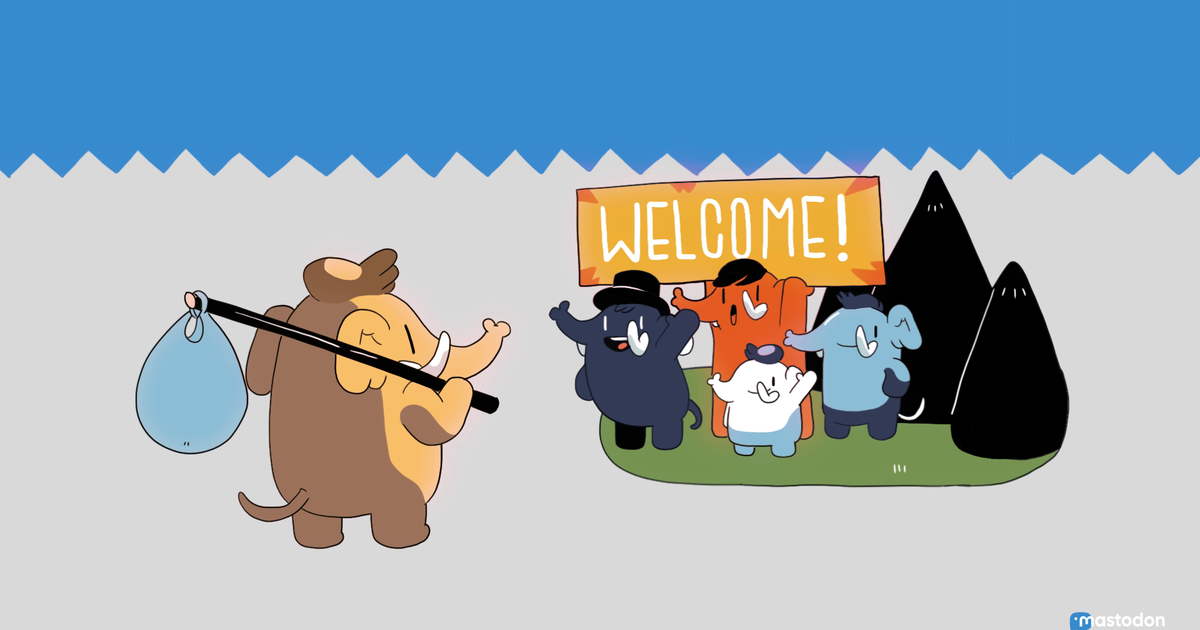O.K., I've *mostly* read over a sampling of visual programming languages I've gathered from you! Enough to judge them!
It strikes me that I can classify most of them into one of 3 buckets:
1. Data-flow languages where you draw lines between blocks. These appear to be favoured by people who don't consider themselves software developers. @vvvv appears to be a very solid example, which claims some real practical use!
1/3!
2. Brick-based languages where you plop blocks inside other blocks, seems to be favoured by programming educators. Presumably because it still looks a lot like syntax-highlighted textual languages.
3. GUI buiders, where you visually edit your UI. Often using a textual language to give it behaviour, used to be very popular before the web & smartphones took over. I'm still skimming archived IBM VisualAge guides, but honestly I'm not that interested.
2/3!
@alcinnz I've worked with blockly/brick based languages (writing interpreter etc).
One major reason for using them for teaching is that it eliminates some typo and syntax based errors, which is otherwise a very common source of trouble for kids when what they really need to learn is just statements, loops, vars, conditionals and functions.
After they've got a grasp of those things, the interruption of typo errors in the work flow isn't as demotivating, I think

